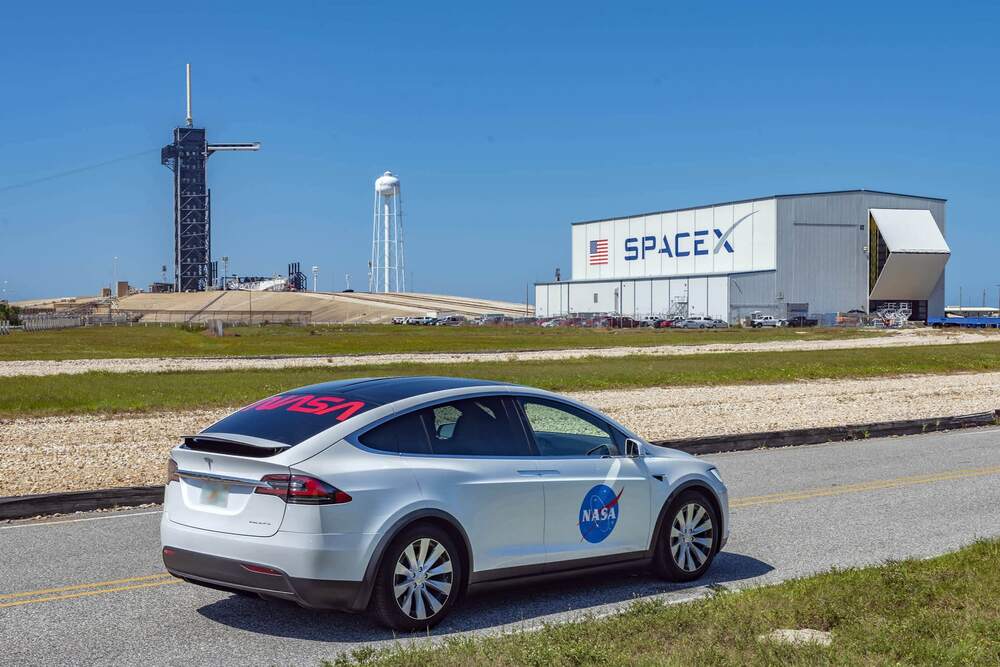Layers of ice and rock obviate the need for “habitable zone” and shield life against threats.
SwRI researcher theorizes worlds with underground oceans may be more conducive to life than worlds with surface oceans like Earth.
One of the most profound discoveries in planetary science over the past 25 years is that worlds with oceans beneath layers of rock and ice are common in our solar system. Such worlds include the icy satellites of the giant planets, like Europa, Titan, and Enceladus, and distant planets like Pluto.








